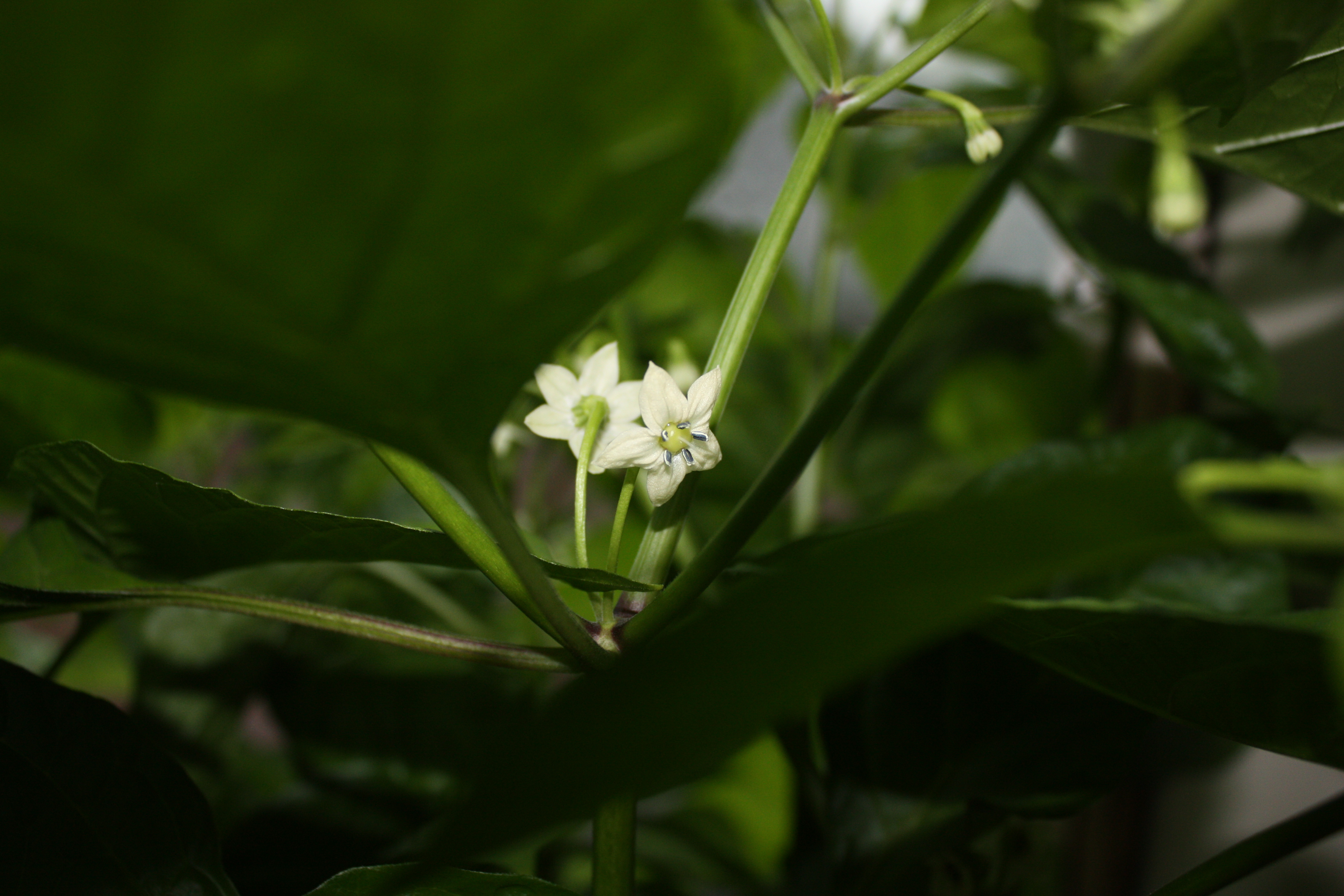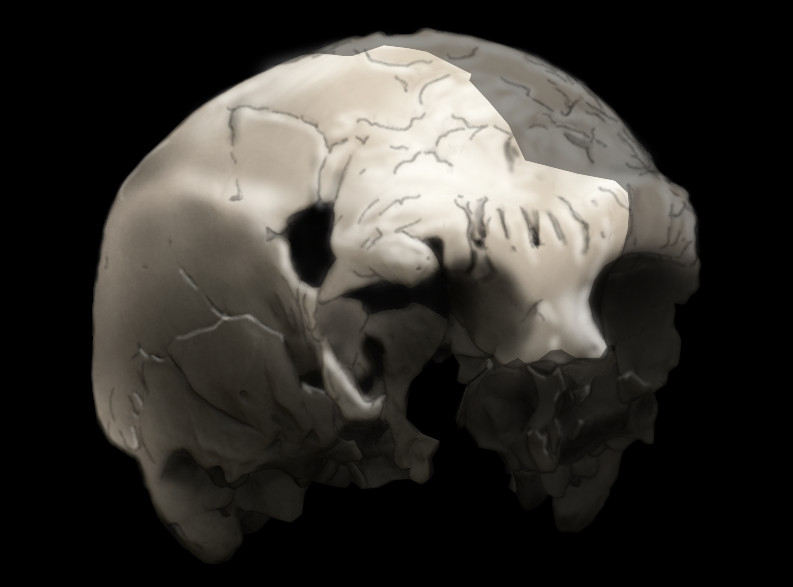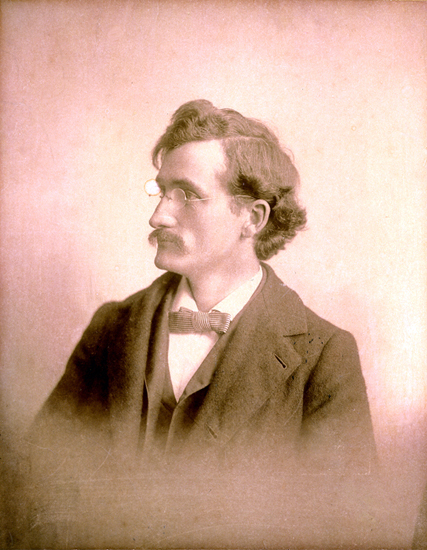|
Rice And Peas
Rice and peas or peas and rice is a traditional rice dish in some Caribbean and Latin American countries. Sometimes, the dish is made with pigeon peas, otherwise called 'gungo peas' by Jamaicans. Kidney beans ('red peas'/beans) and other similar varieties are typically used in the Greater Antilles and coastal Latin America. Rice and peas recipes vary throughout the region, with each country having its own way(s) of making them and name(s)—with the two main ingredients being legumes (peas/beans) and rice, combined with herbs, spices and/or coconut milk. History Rice and peas, a one-pot Creole dish that originated in the Caribbean during the colonial era, includes a mixture of ingredients, cooking techniques and spices influenced by various ethnic groups in the region. The Spanish, the first European arrivals to the Americas, contributed many peas/bean dishes and rice dishes. They also introduced Asian rice to the Caribbean and Latin America, as well as herbs and spice ... [...More Info...] [...Related Items...] OR: [Wikipedia] [Google] [Baidu] |
Caribbean
The Caribbean ( , ; ; ; ) is a region in the middle of the Americas centered around the Caribbean Sea in the Atlantic Ocean, North Atlantic Ocean, mostly overlapping with the West Indies. Bordered by North America to the north, Central America to the west, and South America to the south, it comprises numerous List of Caribbean islands, islands, cays, islets, reefs, and banks. It includes the Lucayan Archipelago, Greater Antilles, and Lesser Antilles of the West Indies; the Quintana Roo Municipalities of Quintana Roo#Municipalities, islands and Districts of Belize#List, Belizean List of islands of Belize, islands of the Yucatán Peninsula; and the Bay Islands Department#Islands, Bay Islands, Miskito Cays, Archipelago of San Andrés, Providencia and Santa Catalina, Archipelago of San Andrés, Providencia, and Santa Catalina, Corn Islands, and San Blas Islands of Central America. It also includes the coastal areas on the Mainland, continental mainland of the Americas bordering the ... [...More Info...] [...Related Items...] OR: [Wikipedia] [Google] [Baidu] |
Spaniards
Spaniards, or Spanish people, are a Romance-speaking ethnic group native to the Iberian Peninsula, primarily associated with the modern nation-state of Spain. Genetically and ethnolinguistically, Spaniards belong to the broader Southern and Western European populations, exhibiting a high degree of continuity with other Indo-European-derived ethnic groups in the region. Spain is also home to a diverse array of national and regional identities, shaped by its complex history. These include various languages and dialects, many of which are direct descendants of Latin, the language imposed during Roman rule. Among them, Spanish (also known as Castilian) is the most widely spoken and the only official language across the entire country. Commonly spoken regional languages include, most notably, the sole surviving indigenous language of Iberia, Basque, as well as other Latin-descended Romance languages like Spanish itself, Catalan and Galician. Many populations outside Sp ... [...More Info...] [...Related Items...] OR: [Wikipedia] [Google] [Baidu] |
Slavery
Slavery is the ownership of a person as property, especially in regards to their labour. Slavery typically involves compulsory work, with the slave's location of work and residence dictated by the party that holds them in bondage. Enslavement is the placement of a person into slavery, and the person is called a slave or an enslaved person (see ). Many historical cases of enslavement occurred as a result of breaking the law, becoming indebted, suffering a military defeat, or exploitation for cheaper labor; other forms of slavery were instituted along demographic lines such as race or sex. Slaves would be kept in bondage for life, or for a fixed period of time after which they would be granted freedom. Although slavery is usually involuntary and involves coercion, there are also cases where people voluntarily enter into slavery to pay a debt or earn money due to poverty. In the course of human history, slavery was a typical feature of civilization, and existed in most socie ... [...More Info...] [...Related Items...] OR: [Wikipedia] [Google] [Baidu] |
Africans
The ethnic groups of Africa number in the thousands, with each ethnicity generally having their own language (or dialect of a language) and culture. The ethnolinguistic groups include various Afroasiatic, Khoisan, Niger-Congo, and Nilo-Saharan populations. The official population count of the various ethnic groups in Africa is highly uncertain due to limited infrastructure to perform censuses, and due to rapid population growth. Some groups have alleged that there is deliberate misreporting in order to give selected ethnicities numerical superiority (as in the case of Nigeria's Hausa, Fulani, Yoruba, and Igbo peoples). A 2009 genetic clustering study, which genotyped 1327 polymorphic markers in various African populations, identified six ancestral clusters. The clustering corresponded closely with ethnicity, culture, and language. A 2018 whole genome sequencing study of the world's populations observed similar clusters among the populations in Africa. At K=9, distinct ancestr ... [...More Info...] [...Related Items...] OR: [Wikipedia] [Google] [Baidu] |
Scotch Bonnet
Scotch bonnet (also known as Bonney peppers, or Caribbean red peppers) is a variety of chili pepper named for its supposed resemblance to a Scottish tam o' shanter bonnet. It is native to the Americas—a cultivar of '' Capsicum chinense'', which originated in the Amazon Basin, Central and South America. History Indigenous Peoples like the Amerindians of the Antilles, the Tainos and later the Caribs, transported scotch bonnet peppers and other staples like cassava and sweet potato on huge canoes. Both of these Arawakan subgroups originated in the Orinoco River Valley (present-day Venezuela). The Tainos from the Yucatán Peninsula and Belize were pioneers in traveling to the Greater Antilles, and they took a variety of chilies with them. They have since become a staple of Caribbean cuisine, especially Jamaican cuisine. In the 15th and 16th centuries, Spanish and Portuguese colonizers introduced scotch bonnets to other regions. Through the Columbian exchange, the five do ... [...More Info...] [...Related Items...] OR: [Wikipedia] [Google] [Baidu] |
Capsicum Chinense
''Capsicum chinense'', commonly known as a "habanero-type pepper", is a species of chili pepper native to the Americas. ''C. chinense'' varieties are well known for their unique flavors and, in many cases, exceptional Pungency, heat. The Race to grow the hottest pepper, hottest peppers in the world are members of this species, with a Scoville scale, Scoville heat unit score of 2.69 million measured in the ''C. chinense'' cultivar Pepper X in 2023. Some taxonomists consider ''C. chinense'' to be within the species ''Capsicum annuum, C. annuum,'' and they are a member of the ''C. annuum'' complex; however, ''C. chinense'' and ''C. annuum'' pepper plants can sometimes be distinguished by the number of flowers or fruit per node – two to five for ''C. chinense'' and one for ''C. annuum'' – though this method is not always accurate. The two species can also hybridize and generate inter-specific hybrids. ''Capsicum frutescens, C. frutescens'' may be the ancestor to the ''C. chinense ... [...More Info...] [...Related Items...] OR: [Wikipedia] [Google] [Baidu] |
Allspice
Allspice, also known as Jamaica pepper, myrtle pepper, pimenta, or pimento, is the dried unripe berry of ''Pimenta dioica'', a midcanopy tree native to the Greater Antilles, southern Mexico, and Central America, now cultivated in many warm parts of the world. The name ''allspice'' was coined as early as 1621 by the English, who valued it as a spice that combined the flavours of cinnamon, nutmeg, and clove. Contrary to common misconception, it is not a mixture of spices. Several unrelated fragrant shrubs are called "Carolina allspice" ('' Calycanthus floridus''), "Japanese allspice" ('' Chimonanthus praecox''), or "wild allspice" ('' Lindera benzoin''). Production Allspice is the dried fruit of the ''Pimenta dioica'' plant. The fruits are picked when green and unripe, and are traditionally dried in the sun. When dry, they are brown and resemble large, smooth peppercorns. Fresh leaves are similar in texture to bay leaves and similarly used in cooking. Leaves and wood are oft ... [...More Info...] [...Related Items...] OR: [Wikipedia] [Google] [Baidu] |
Portuguese People
The Portuguese people ( – masculine – or ''Portuguesas'') are a Romance languages, Romance-speaking ethnic group and nation Ethnic groups in Europe, indigenous to Portugal, a country that occupies the west side of the Iberian Peninsula in Southern Europe, south-west Europe, who share Culture of Portugal, culture, ancestry and Portuguese language, language. The Portuguese state began with the founding of the County of Portugal in 868. Following the Battle of São Mamede (1128), Portugal gained international recognition as a Kingdom of Portugal, kingdom through the Treaty of Zamora and the papal bull Manifestis Probatum. This Portuguese state paved the way for the Portuguese people to unite as a nation. The Portuguese Portuguese maritime exploration, explored Hic sunt Dracones, distant lands previously unknown to Europeans—in the Americas, Africa, Asia and Oceania (southwest Pacific Ocean). In 1415, with the conquest of Ceuta, the Portuguese took a significant role in the ... [...More Info...] [...Related Items...] OR: [Wikipedia] [Google] [Baidu] |
Amerindian
In the Americas, Indigenous peoples comprise the two continents' pre-Columbian inhabitants, as well as the ethnic groups that identify with them in the 15th century, as well as the ethnic groups that identify with the pre-Columbian population of the Americas as such. These populations exhibit significant diversity; some Indigenous peoples were historically hunter-gatherers, while others practiced agriculture and aquaculture. Various Indigenous societies developed complex social structures, including pre-contact monumental architecture, organized city, cities, city-states, chiefdoms, state (polity), states, monarchy, kingdoms, republics, confederation, confederacies, and empires. These societies possessed varying levels of knowledge in fields such as Pre-Columbian engineering in the Americas, engineering, Pre-Columbian architecture, architecture, mathematics, astronomy, History of writing, writing, physics, medicine, Pre-Columbian agriculture, agriculture, irrigation, geology, minin ... [...More Info...] [...Related Items...] OR: [Wikipedia] [Google] [Baidu] |
Cultivars
A cultivar is a kind of cultivated plant that people have selected for desired traits and which retains those traits when propagated. Methods used to propagate cultivars include division, root and stem cuttings, offsets, grafting, tissue culture, or carefully controlled seed production. Most cultivars arise from deliberate human manipulation, but some originate from wild plants that have distinctive characteristics. Cultivar names are chosen according to rules of the International Code of Nomenclature for Cultivated Plants (ICNCP), and not all cultivated plants qualify as cultivars. Horticulturists generally believe the word ''cultivar''''Cultivar'' () has two meanings, as explained in '' Formal definition'': it is a classification category and a taxonomic unit within the category. When referring to a taxon, the word does not apply to an individual plant but to all plants that share the unique characteristics that define the cultivar. was coined as a term meaning "cultivated ... [...More Info...] [...Related Items...] OR: [Wikipedia] [Google] [Baidu] |
Peru
Peru, officially the Republic of Peru, is a country in western South America. It is bordered in the north by Ecuador and Colombia, in the east by Brazil, in the southeast by Bolivia, in the south by Chile, and in the south and west by the Pacific Ocean. Peru is a Megadiverse countries, megadiverse country, with habitats ranging from the arid plains of the Pacific coastal region in the west, to the peaks of the Andes mountains extending from the north to the southeast of the country, to the tropical Amazon basin rainforest in the east with the Amazon River. Peru has Demographics of Peru, a population of over 32 million, and its capital and largest city is Lima. At , Peru is the List of countries and dependencies by area, 19th largest country in the world, and the List of South American countries by area, third largest in South America. Pre-Columbian Peru, Peruvian territory was home to Andean civilizations, several cultures during the ancient and medieval periods, and has one o ... [...More Info...] [...Related Items...] OR: [Wikipedia] [Google] [Baidu] |
National Humanities Center
The National Humanities Center (NHC) is an independent institute for advanced study in the humanities located in Research Triangle Park, North Carolina, United States. The NHC operates as a privately incorporated nonprofit and is not part of any university or federal agency. The Center was planned under the auspices of the American Academy of Arts and Sciences, which saw a need for substantial support for academic research in the humanities, and began operations in 1978. The National Humanities Center is one of the ten members of the Some Institutes for Advanced Study consortium–which are modeled after the Princeton, New Jersey, Institute for Advanced Study Programs The National Humanities Center offers dedicated programs in support of humanities scholarship and teaching as well as a regular schedule of public events, conferences and interactive initiatives to engage the public in special topics and emerging issues. Fellowship program Each year, the NHC admits approximately fo ... [...More Info...] [...Related Items...] OR: [Wikipedia] [Google] [Baidu] |








